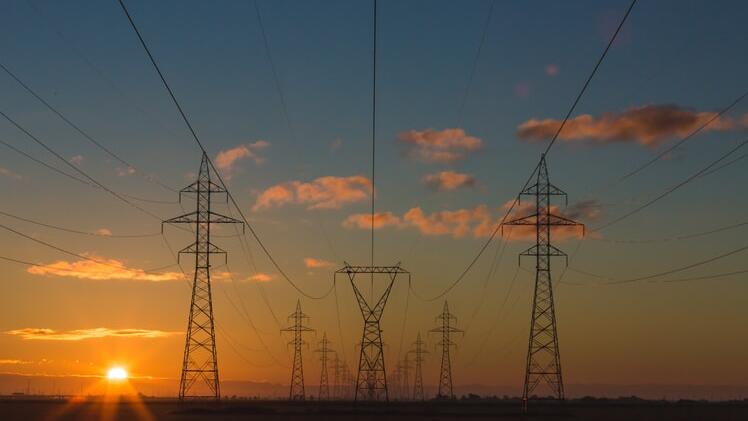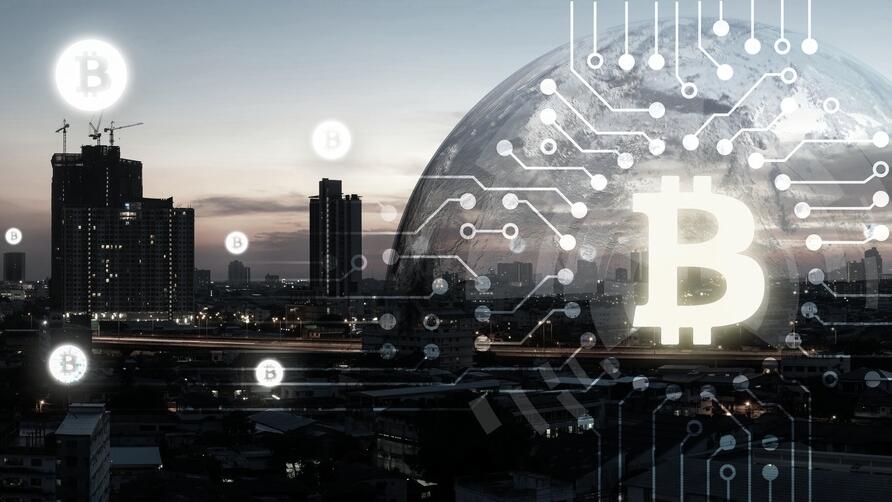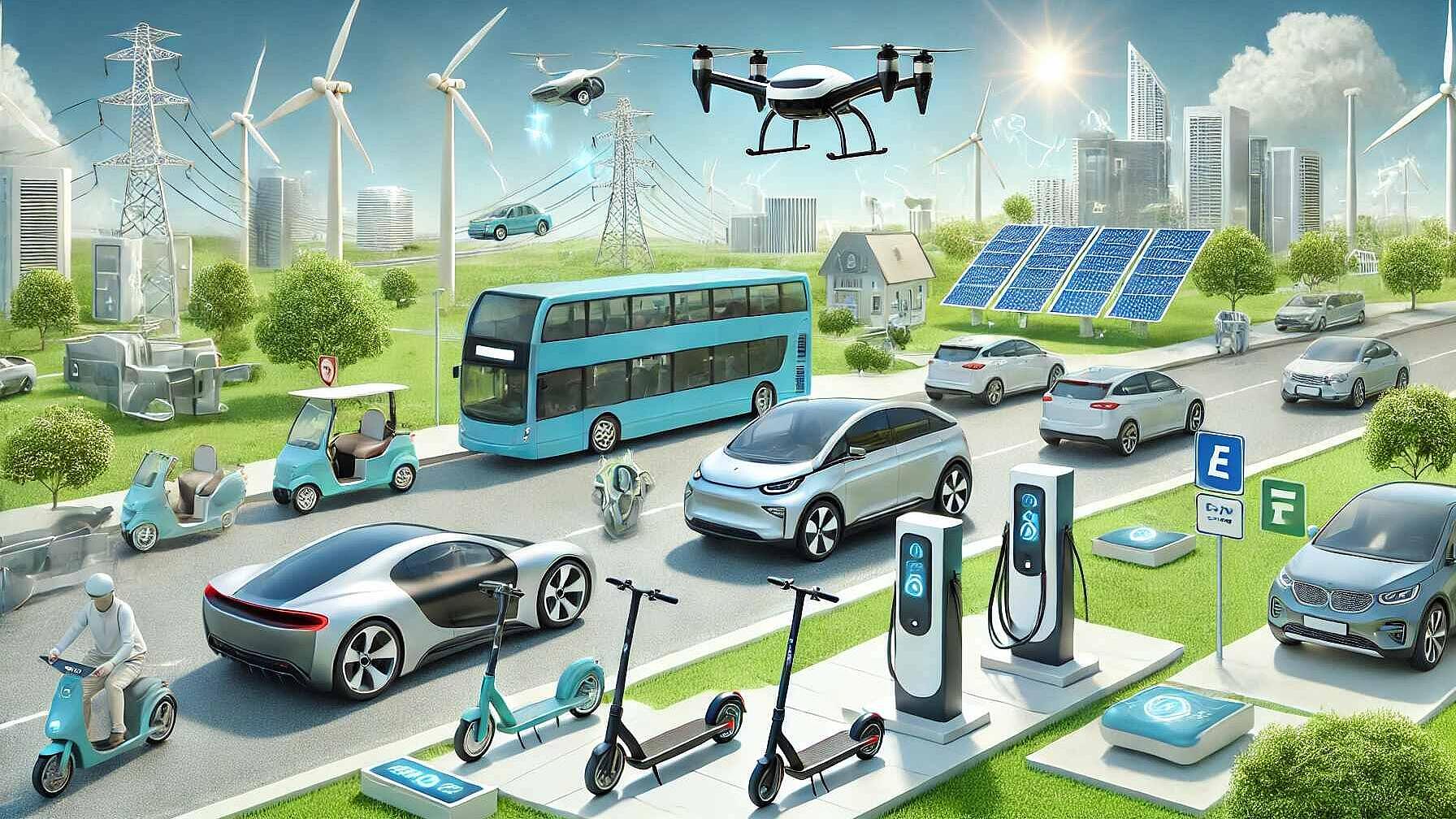 Energy Infrastructure
Energy InfrastructureThe DSO of the immediate future
Summary
In the coming years, more customers will have smart meters installed, and the use of electronic invoicing is increasing rapidly. The current grid is the result of 100 years of history during which the grid has been fundamentally exploited the same way as the first day. Digitalization alone does not guarantee DSOs survival in an everchanging market. Eventually, consumers will no longer pay for energy, but rather for services and products that allow them to interact with the grid without losing comfort or improvement of their experience with energy. This major shift could indeed have some analogies to the telecommunications sector revolution at the end of the
The telecom sector, traditionally rooted in a natural monopoly, got exposed to cross-country competition; political pressure was pushing for the unbundling, and there was consumer pressure for having deregulated access to the infrastructure. DSOs must react now to be ready to play in the market and team up with other market openings that allow new operators to offer services that could be in the next decade(.
Open full article
The DSO of the immediate future
The so-called Energy Transition involves the transformation of the electricity grids, and their digitalization goes beyond their equipment. It is a new paradigm based on radical changes in the traditional vertical way of exploiting the grids towards a horizontal management. This is driven by the penetration of renewable generation, batteries and e-mobility due to the integration of ICT and the management of systems through distributed intelligence.
DSOs have to keep managing the tension (voltage level) in the grids as always, but with increasingly more complex variables, conditions and elements to be taken into account. Ensuring security of supply and an adequate maintenance of the power grid is and always will be the DSO’s “raison d’être”. But now, it is time to innovate!
In the coming years, more customers will have smart meters installed, and the use of electronic invoicing is increasing rapidly. Countries with smart meters deployment will be able to improve the relationship between utilities and customers. A big shift can already be seen to more technical issues in the questions and needs the customers have (how to connect to the grid, how to install EV-charging and solar panels… They also ask about capacity requirements or how to react to capacity signals). The DSO has to facilitate the connection of the customer’s new technology to the grid.
However, in a time when the role of the DSO becomes increasingly important in a more complex and decentralised energy system, the DSO still remains as the unseen actor. This has to change.
The current grid is the result of 100 years of history during which the grid has been fundamentally exploited the same way as the first day. The grids were designed to send energy in one way (from the generation point to the consumption one) and for a connected consumer that only consumed (prosumers and active consumers have only now started to be regulated). Now, whether the prosumer feeds excess electricity or demands it from the grid, in both cases the DSO has to provide an uninterrupted, reliable connection. The DSO grid was also built to be managed in a non-interconnected way. This does not facilitate an efficient integration of distributed generation, which in turn implies more intermittent, unpredictable and bidirectional energy flows.
Thus, on one hand, we have more interconnections planned, storage, e-mobility, sector integration, demand-side response, smart grids, and other emerging flexibility solutions. These are key for the energy transition. On the other hand, we have outdated DSOs whose main focus for a hundred years has been ensuring there are no power outages and restoring power as quickly as possible, which in turn has required relatively little innovation and strategic thinking (compared to other businesses facing much more competition).
From now on, the DSO will have to cooperate with other grid operators and new participants and exchange data. Digitalization is a conditio sine qua non, but digitalization alone does not guarantee DSOs’ survival in an everchanging market. They need to start adding value with new services in the energy domain, since the global energy value chain is finding itself on the cusp of being structurally disrupted.
DSOs are risking a death spiral of lost revenue from less connected consumers. One only has to imagine horizontal property buildings organized as local energy community with just one connected consumption point, instead of having as many points as apartments. In addition, DSOs are facing new costs on grid modernization and resilience, among others. Eventually, costs could overwhelm revenues and many DSO could perish under the weight of their intransigence and antiquated structure.
But DSOs are not dinosaurs, unaware of any signs of their incoming fatal extinction. DSOs know their killers and they can potentially befriend and/or embody them. DSOs must react now to be ready to play in the market and team up with other market participants. If they do, we will see the rise of digital multi-utilities.
I believe that, eventually, consumers will no longer pay for energy, but rather for the services and products that allow them to interact with the grid without losing comfort or improvement of their experience with energy. Just as we stopped paying for the amount of minutes we were talking on the phone, we will stop paying for how many KWh we have contracted.
This major shift could indeed have some analogies to the telecommunications sector revolution at the end of the 20th century. The telecom sector, traditionally rooted in a natural monopoly, got exposed to cross-country competition; political pressure was pushing for the unbundling, and there was consumer pressure for having deregulated access to the infrastructure.
Utilities could be in the next decade(s) what the CLECs were in the 90s, taking advantage of regulation openings that allow new operators to offer new services that customers could potentially pay more for, whilst also guaranteeing them access to the incumbent operator’s network for a modest fee. The telecom bill has steadily increased for the average consumer, not because of raising rates to pay for intangible benefits like network resiliency, but because customers see the value in new services, such as being able to attend a real-time yoga class in the Himalayas through their mobile phone in Wall Street. For many, these services are worth the extra expense.
Up until now, myself, as a consumer, I have only cared about low energy prices and reliability (and lately about the renewable origin of my energy supply as well). So, what could utilities offer me so that I would be happy to keep using them and even pay them more money? For instance, could somebody take care of the active engagement that is expected from the up-until-now passive consumers? Because honestly, something that requires more effort than paying bills and turning on and off light switches is not very appealing for the average person.
Self-consumption, storage, e-mobility, micro-grids, energy communities and off-grid trends are bringing new opportunities and alternatives for the customer. But they also bring challenges, as the customers do not always know how to proceed. DSOs enable all these new developments from a technical standpoint, and they should partner up with customers to facilitate their increasingly active role in the energy market as a trustworthy and reliable partner. The DSO will have to be an enabler allowing customers to enjoy the services offered by energy suppliers. The DSO can guide the customers to find the best solutions for them and for the grid, while always providing the consistent connection to the grid.
The aforementioned new developments could threaten the security of supply by carrying certain risks regarding the new way to manage the grid without the suitable advanced tools. DSOs should help and facilitate the flexibility that is expected from customers, ensuring the safety of the system as a whole. Market organization is key and DSOs, as neutral players, are perfect for efficiently bringing the necessary coordination and cooperation to all the participants.
Moreover, strategic communication is crucial. The traditional DSO passive approach towards customer communication has come to an end. The DSO has to forecast the information customers need and approach them with tailor-made technical data. Simply put, DSOs have to build trust and become customers’ 24/7 reliable partner. Their aim should be to reduce complexity, providing them with anticipated and quick grid response times and high security standards in the world of big data.
In conclusion, in a scenario with prosumers, decentralized energy systems and new generation and consumption patterns, DSOs have to actively create higher value for the connected consumer and explain the unknown benefits of staying connected to the grid so that the parties involved can benefit from all the advantages of the distribution grid that has begun to transform.
DSOs have to strategically communicate how good they are at what they have always done: keep the lights on. This has widely been taken for granted, probably because we are all used to grids functioning extremely well. DSOs have the opportunity to position themselves for the future at this moment in time. As we begin this new decade, it is time for them to adapt.
Image credit: Matthew Henry on Unsplash



